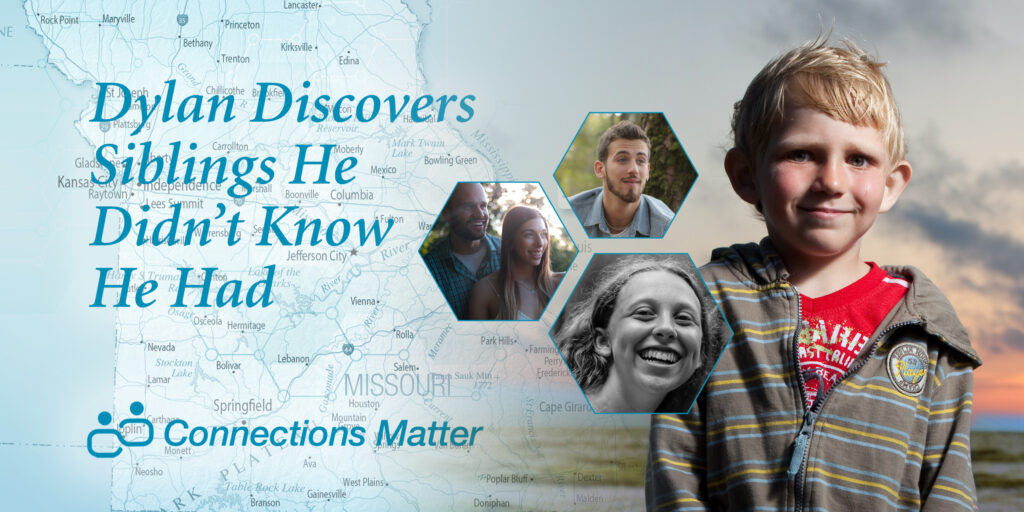TEXAS: Monitoring a child as they move through the foster care system is time-consuming and labor-intensive. Extensive documentation is required in each case. Caseworkers may rely on other agencies and nonprofits, like Court Appointed Special Advocates (CASA), for help. CASAs prepare critical reports with evaluations and recommendations before each hearing. Judges use these reports in tandem with those prepared by a child’s care team to make what are often life-altering decisions.
A CASA report becomes even more complicated when the child’s family structure is comparatively complex, with multiple siblings from different fathers. The Connect Our Kids’ Family Connections software tool proved vital to a CASA Hope for Children volunteer in Texas faced with a highly complex case. Family Connections allows users to build a support map, similar to a family tree. The map details and visually organizes the many relationships in a child’s life into one workspace in an easy-to-read format. The CASA volunteer found the Family Connections tool saved his team a lot of time in organizing and understanding this particularly difficult case. To increase information sharing, he provided his team with viewing access to the case or shared a screenshot of the Family Connections support map. This allowed the various child welfare professionals involved to quickly see how any given sibling was connected to a particular person within the family, and to also easily understand which caseworkers or lawyers were overseeing the sibling’s individual cases
.
“What I like about Family Connections is that it’s graphically oriented. You can expand and contract, zoom in, and zoom out. It’s a great big canvas that you can put very specific things on… I needed to see all the relationships because there were so many players. First, [I had to show] which child belonged to which father, and then I added all the lawyers and caseworkers involved,” the CASA volunteer said.
Given the number of siblings involved, case team members truly appreciated the Family Connections support map the CASA volunteer created to visualize and understand the relationship connections. He shared, “They just wished they had it much earlier in the case.”
The digital note option in Family Connections also proved to be a helpful, time-saving feature. The CASA volunteer used the Add Note feature to place color-coded notes on the support map, allowing him to include timeline documentation on the family tree. “It was important for me to get a timeline on Family Connections because every time I wrote a court report, I would have to go back and look up things in Optima [a CASA case management software] that said when did ‘this’ happen or ‘that’ happen, but now I can just put a timeline at the bottom [of the workspace].”
In foster care, a disruption to a child’s placement can happen at a moment’s notice. It can get even more chaotic when a big sibling group is involved. Connect Our Kids is here to help. Our tools are designed to save time, reduce paperwork, aid in organizing and sharing information, and assist with reporting capabilities so that a well-informed decision can be made in the best interest of every child.
Connect Our Kids would like to thank the volunteer at CASA Hope for Children for sharing his timeline idea. We rely on user feedback to update and improve our software. If you know of a nonprofit or child welfare agency that could benefit from our freely accessible, hi-tech family search and engagement tools, contact Connect Our Kids at [email protected].
Connect Our Kids is a non-profit dedicated to leveraging technology to find families, build connections, and create a community for children in the foster care system. Our work is funded by donations and grants. To keep this technology freely accessible to child welfare workers, please donate HERE.


